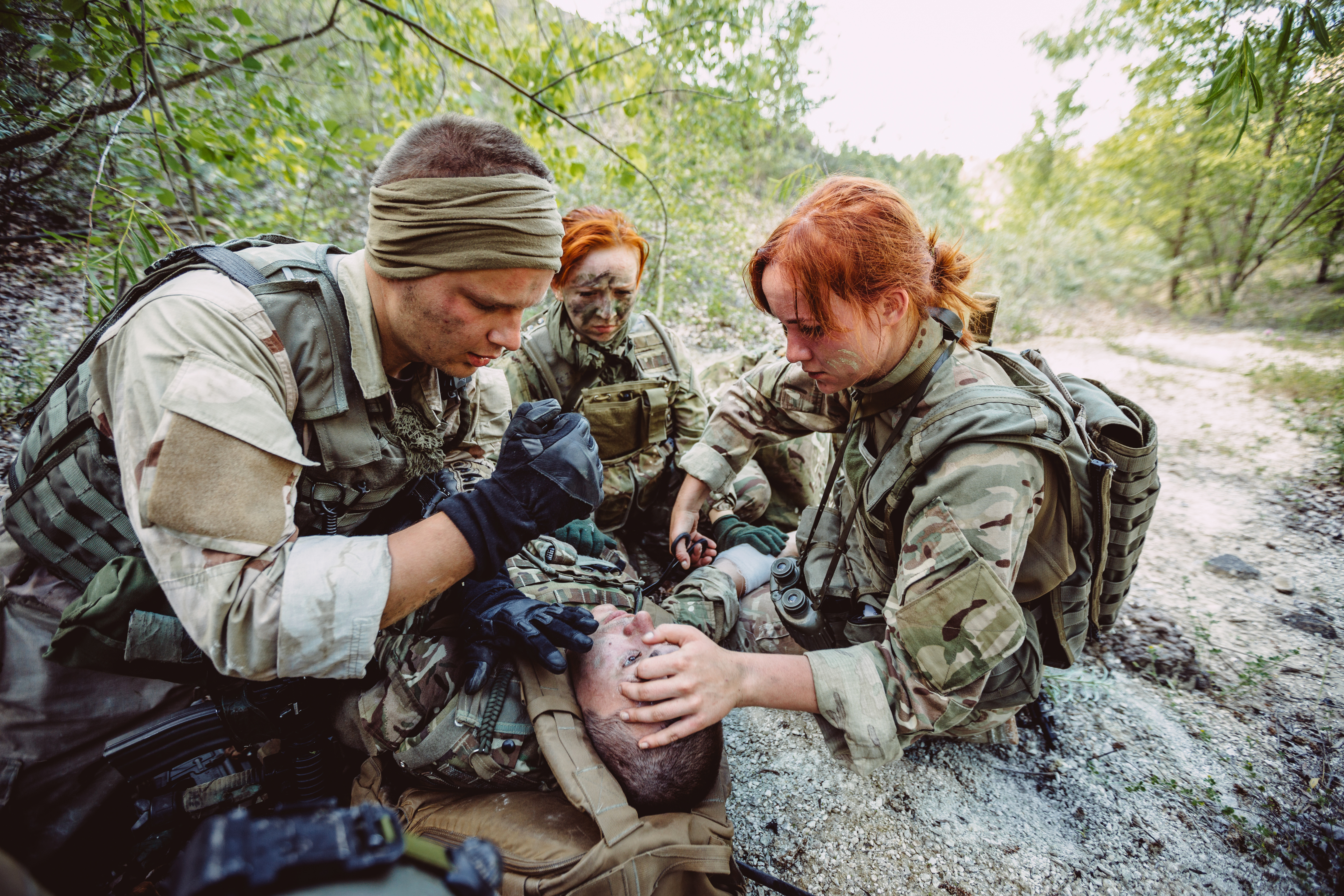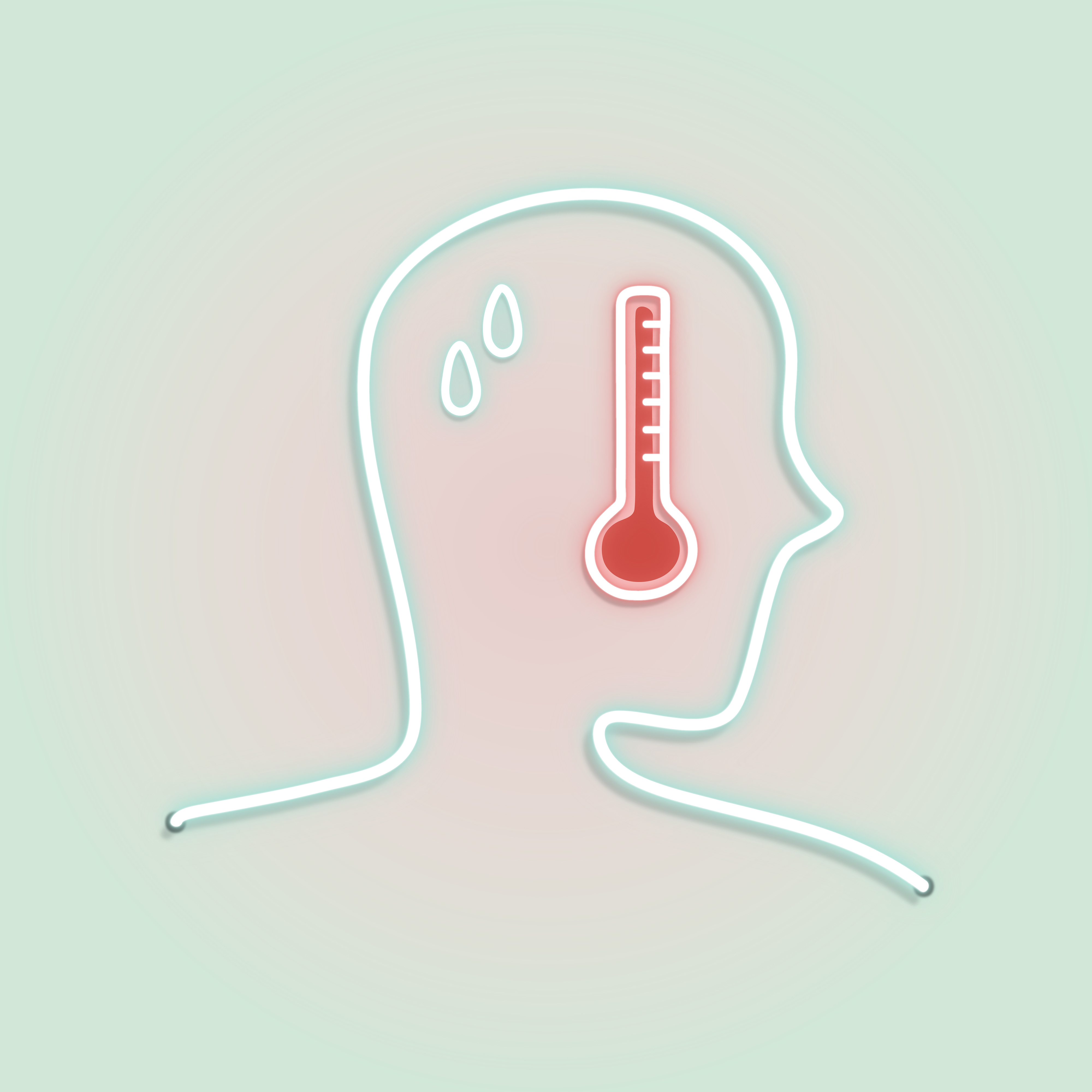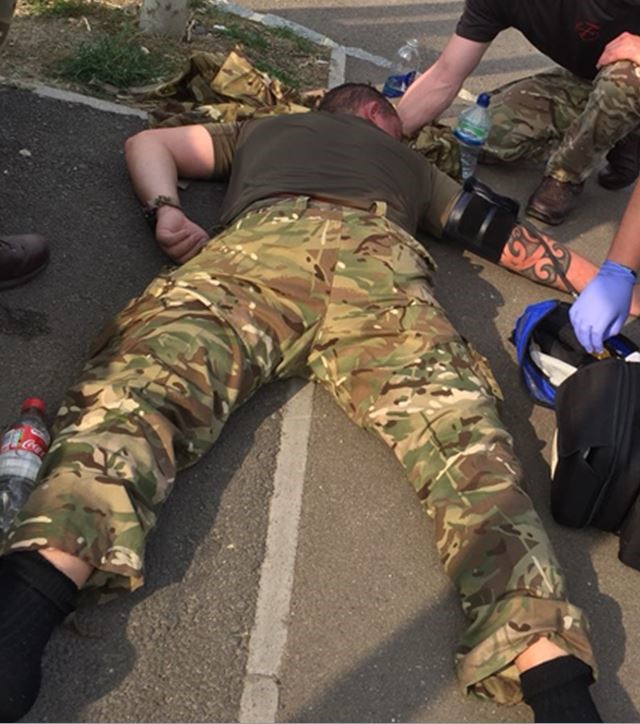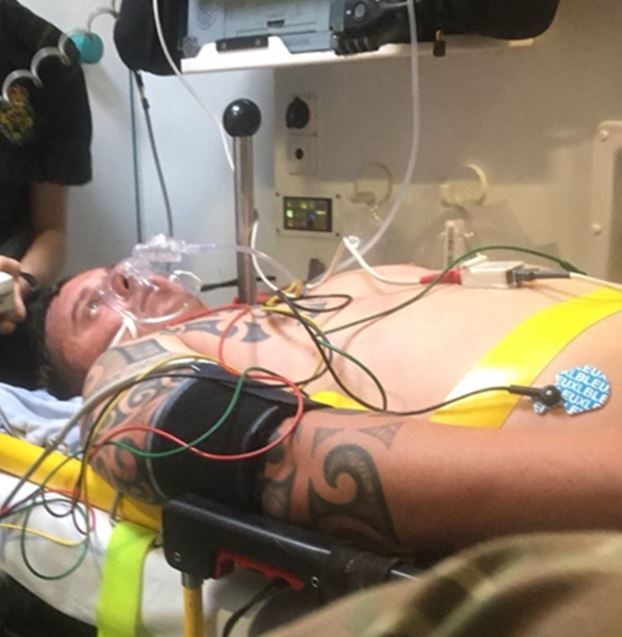
How to spot the signs of heat illness

The UK has just come out of a scorching heatwave that left people in a sweat but hot weather is not always a bonus for some. Here, Alexander Davenport, Associate Solicitor at Irwin Mitchell talks about how to spot the signs of heat illness which, in some cases, could be fatal.
It’s been just over seven years since three SAS reservists died during a selection on the Brecon Beacons where they were undertaking a 16-mile weighted speed march.
Sadly, the men died having suffered severe heatstroke.
Coroner Louise Hunt said in an inquest that lack of training on heat illness was believed to have contributed to the fatalities.
I unfortunately speak to far too many service men and women who have suffered serious injuries where they have reported or exhibited serious symptoms that point to a heat injury, such as dizziness, staggering, rapid breathing, unusual fatigue and muscle cramps.
If a soldier is suffering from these symptoms and they go untreated, they can lead to more severe complications and can kill.
Soldiers have lost their lives, their military careers or been medically downgraded due to the life-changing effects of suffering heat illness.
So what are the signs to look for and how can you protect yourselves and your colleagues from suffering a heat injury?

One of the most important things to remember is that you can suffer from heat illness even in cold or normal conditions.
This might sound a bit unbelievable but it could be the last thing you might think of because it’s not a hot day.
Signs of heat illness to be aware of:
- Nausea (feeling sick)
- Vomiting
- Diarrhoea
- Thirst
- Inappropriate or unusual behaviour, e.g.: behaving as if drunk
- Anxiety and/or agitation
- Impaired judgement
- Confusion
- Staggering or loss of coordination
- Cramps or muscle pain
- Disturbed vision
- Headache
- Dizziness
- Weakness or fatigue
- Pins and needles
- Hyperventilation (rapid breathing)
If you ever notice any of these symptoms in your colleagues report it immediately as action needs to be taken.
If someone is staggering around, unusually struggling, disorientated, breathing heavily it needs to be brought to the attention of training staff immediately and dealt with.

One of my clients, David Glanville, enlisted into the Royal Signals in October 2015 and in September 2018 he was doing his annual fitness test.
This test was an eight-mile weighted tab across roads, tracks and hills.
David started to struggle around the four-mile mark and complained of problems to his Physical Training Instructor.
He further complained of feeling dizzy and nauseous at around six miles but said he was told to “man up and crack on” by the Instructor.
Under the regulations, as soon as a symptom such as dizziness is reported, a heat illness should be presumed and the soldier should be cooled down.
However, the guidance was not followed and the march continued.
At the 7.5mile point, David started to vomit and collapsed. It was only at this time that he was actively cooled, before being taken to hospital by ambulance.

As a result of David’s heat injury, he lost the ability to control his body temperature in hot conditions such as during exercise, and he has subsequently lost his career in the Army.
He continues to have symptoms associated with his injury to this day and the Ministry of Defence has admitted liability for his injury.
He said: “It’s been almost two years since I collapsed during the fitness test, and it is still having a huge impact on my life.
“This has hit me hard, not just physically and emotionally, but also financially. I lost the career that I loved and have had to start over again.
“My life has been completely turned upside down and I believe that this could have been prevented if my training instructor had followed the regulations. When I complained of feeling unwell I was basically ignored and told to carry on.
“While nothing can change what has happened to me, I hope that lessons can be learned and others don’t have to suffer like I have.”

Following the deaths in the Brecon Beacons in 2013, the Ministry of Defence did make changes to internal guidance and protocols to prevent such a tragedy reoccurring.
However, just three years later another death occurred in similar circumstances.
Since that date, changes have been implemented but it is clear from discussions with affected service personnel that further awareness as to the signs and risks of heat injuries need to be raised to prevent incidents like this happening again.
A balance needs to be struck between realistic training and stopping preventable injuries by acting upon the warning signs of heat injury.
* This article is a sponsored post on behalf of Irwin Mitchell Solictors.









